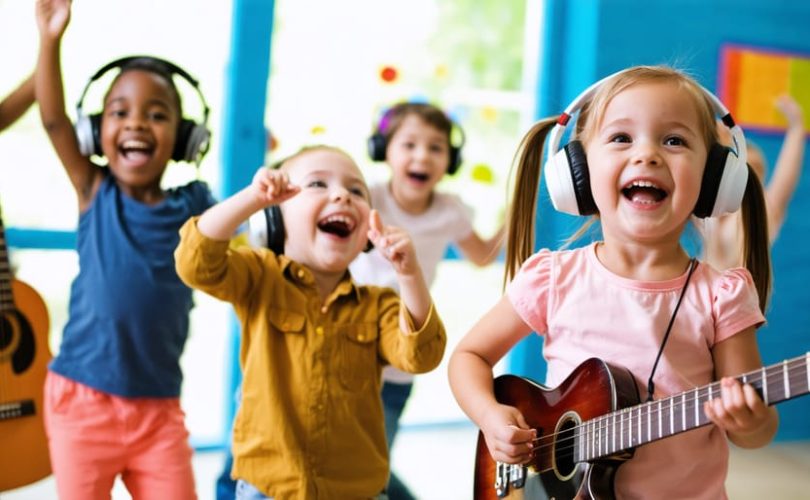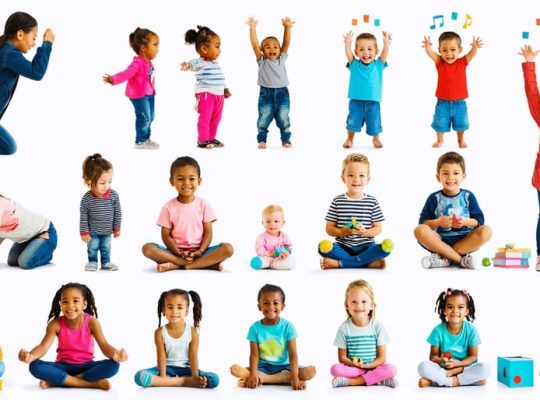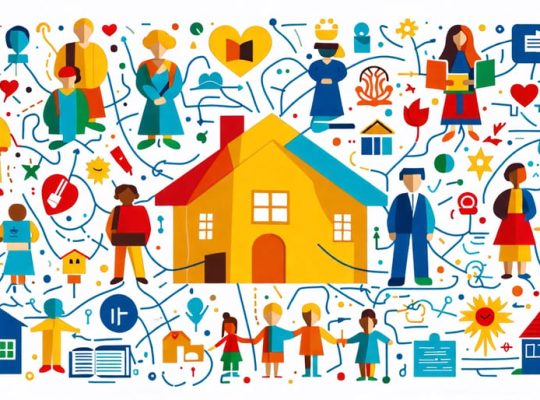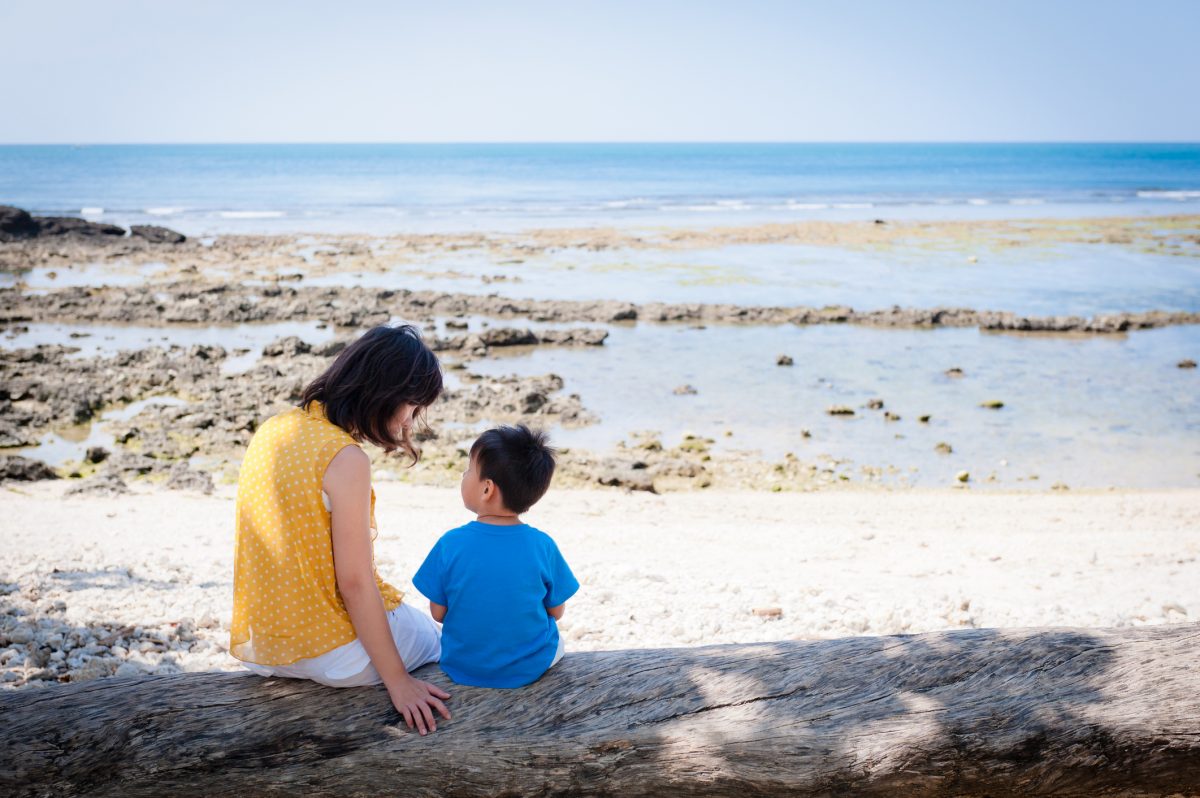Music’s profound impact on children’s emotional well-being has been scientifically proven to reduce anxiety, boost mood, and create lasting psychological resilience. From soothing lullabies to the energetic beats of our Crychedelic Playlist, the right musical experiences can help children process complex emotions and develop crucial emotional intelligence skills.
Recent research from the American Academy of Pediatrics shows that children who regularly engage with music demonstrate better emotional regulation, increased empathy, and stronger social bonds. As parents and caregivers, we have a unique opportunity to harness this powerful tool for our children’s mental health development.
Through carefully selected songs and musical activities, we can create safe spaces for emotional expression, help children identify and understand their feelings, and provide them with healthy coping mechanisms that last a lifetime. Whether it’s dancing to release anxiety, singing to express joy, or simply listening to calm down, music offers a natural and accessible way to support our children’s emotional journey.
The Science Behind Music and Emotions in Children
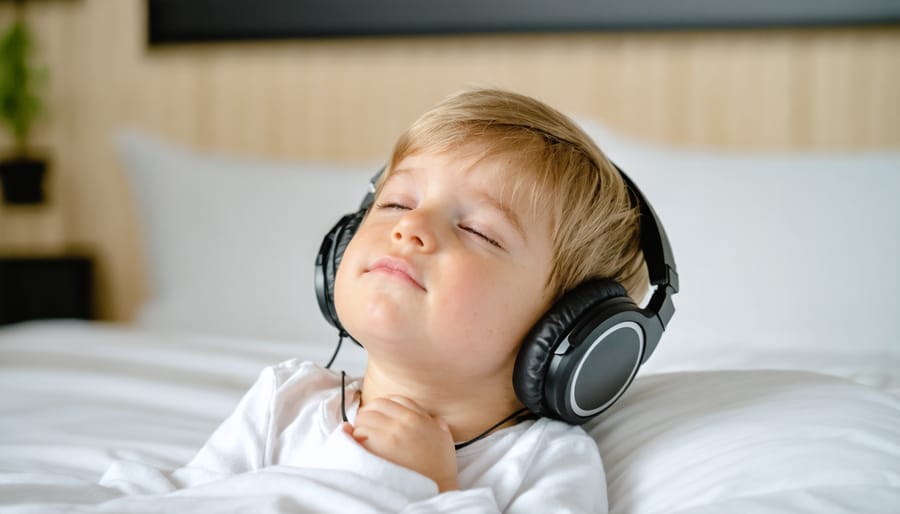
How Children Process Musical Emotions
Children process music in remarkably different ways than adults, using multiple areas of their developing brains simultaneously. When a child listens to music, their emotional response begins in the limbic system, which is responsible for processing emotions and forming memories. This explains why certain songs can instantly change a child’s mood or bring back specific memories.
Research shows that children are particularly responsive to musical elements like rhythm, tempo, and pitch. Fast, upbeat music typically energizes them and can boost their mood, while slower melodies tend to have a calming effect. Interestingly, children as young as three can recognize whether a piece of music is “happy” or “sad” based on these musical characteristics.
The way children process musical emotions also evolves with age. Younger children often respond primarily to the tempo and volume of music, while older children begin to understand more complex emotional elements like harmony and musical narrative. This natural progression helps children develop emotional intelligence and self-regulation skills through musical experiences.
What makes music particularly powerful for children is its ability to engage multiple senses and create strong neural connections. When children move, sing, or dance to music, they’re not just hearing the emotions – they’re feeling and expressing them physically, creating a more profound emotional impact.
Music’s Impact on Emotional Development
Research consistently shows that music plays a vital role in children’s emotional development. When children engage with music, their brains release feel-good chemicals like dopamine and serotonin, creating positive emotional experiences that help build resilience and self-awareness. Studies have demonstrated that music therapy helps control emotions in children, particularly during challenging situations or developmental transitions.
Dr. Sarah Martinez, a child psychologist, shares: “Music provides children with a safe outlet to express and process complex emotions they might not yet have words for. Whether through singing, dancing, or simply listening, music creates emotional connections that support healthy development.”
Regular exposure to music helps children develop emotional intelligence by:
– Recognizing different emotional states through varying musical tones
– Learning to express feelings through rhythm and movement
– Building empathy by sharing musical experiences with others
– Creating healthy coping mechanisms through musical engagement
Parents often report that incorporating music into daily routines helps their children manage stress, anxiety, and overwhelming emotions more effectively. This emotional regulation skill becomes particularly valuable as children navigate various life challenges and transitions.
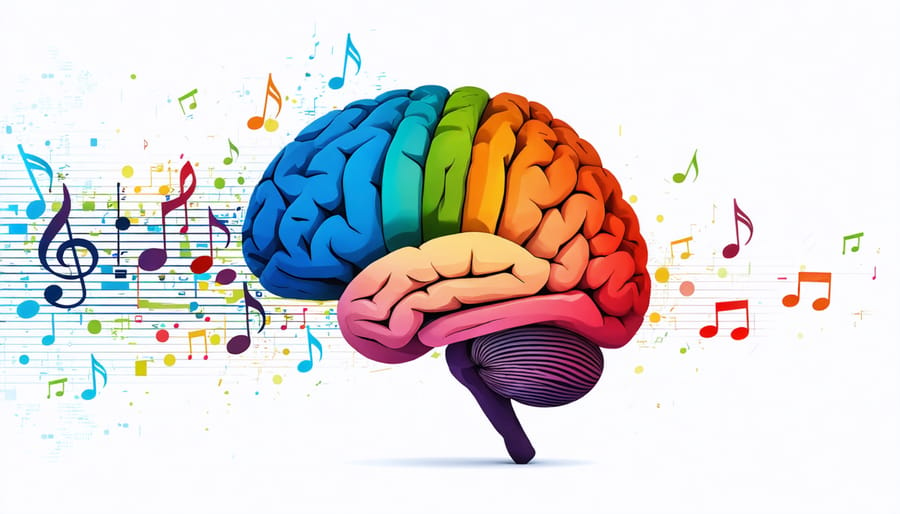
Choosing the Right Music for Your Child’s Emotional Needs
Calming Music for Anxiety and Stress
When it comes to helping manage anxiety in children, music can be a powerful tool. Classical pieces like Mozart’s “Piano Concerto No. 21” and Beethoven’s “Moonlight Sonata” have been shown to reduce stress levels and promote relaxation. Nature-inspired compositions, such as those featuring gentle rainfall or ocean waves, can help children feel more grounded and peaceful.
Dr. Sarah Thompson, a child psychologist, recommends creating a “calm down playlist” with your child. “Let them be part of the selection process,” she suggests. “When children choose music they connect with, it becomes more effective in helping them self-regulate.”
Some recommended calming tracks include:
– “Weightless” by Marconi Union
– “River Flows in You” by Yiruma
– “Over the Rainbow” by Israel Kamakawiwo’ole
– “The Lion Sleeps Tonight” (instrumental version)
– Gentle lullabies and soft instrumental versions of familiar children’s songs
Keep the volume low and consistent, avoiding sudden changes in tempo or intensity. Consider playing these songs during potentially stressful situations like bedtime, homework sessions, or after a challenging day at school. Many parents report success with playing calming music during morning routines to start the day on a peaceful note.
Remember that each child responds differently to music, so observe what works best for your little one and adjust accordingly.
Uplifting Tunes for Mood Enhancement
Music has an incredible power to boost emotional well-being, especially in children. When choosing mood-lifting songs for your little ones, look for tunes with upbeat tempos, major keys, and positive lyrics that encourage movement and participation.
Popular choices include “Happy” by Pharrell Williams, which combines a catchy rhythm with affirming messages, and “Three Little Birds” by Bob Marley, offering gentle reassurance that “every little thing is gonna be alright.” Classic children’s songs like “If You’re Happy and You Know It” not only lift spirits but also encourage physical engagement through clapping and movement.
Consider creating a “happy playlist” with your child, including their favorite cheerful songs. This can become a valuable tool for mood management, giving them agency in their emotional regulation journey. Incorporate songs in different languages or from various cultures to make the experience more enriching and inclusive.
Dr. Sarah Martinez, a child psychologist, notes: “When children participate in making music or moving to upbeat songs, their brains release feel-good chemicals like dopamine and endorphins. This natural mood boost can be particularly helpful during challenging times or when they’re feeling down.”
Remember to observe which songs resonate most with your child – every child responds differently to various musical elements, and what works for one might not work for another.
Using Music as an Emotional Tool
Creating Emotional Safety Through Music
Music has a unique power to create safe emotional spaces where children can freely express themselves. When we thoughtfully introduce music into our children’s environment, we create what therapists call a “holding space” – a secure place where emotions can flow naturally and safely.
Start by designating a specific area in your home or classroom as a musical corner. Fill it with age-appropriate instruments, comfortable seating, and perhaps some soft cushions. This physical space becomes associated with emotional expression through music, helping children feel more at ease when dealing with their feelings.
Consider creating different musical playlists for various emotional states. A “calm down” playlist might include gentle classical pieces or nature sounds, while an “energy release” playlist could feature upbeat songs perfect for dancing out frustrations. Let children contribute to these playlists, giving them ownership over their emotional toolkit.
Encourage children to use music as a form of emotional communication. When words feel difficult, they might choose to strum a guitar, tap a drum, or simply sway to a favorite song. This non-verbal expression can be especially powerful for children who struggle to articulate their feelings verbally.
Remember to validate their musical expressions without judgment. Whether they’re creating thunderous beats during anger or soft melodies while processing sadness, each musical moment is a valuable part of their emotional journey. By responding with acceptance and understanding, we help strengthen their emotional safety net through music.
Music Activities for Emotional Learning
Engaging children in musical activities can be a powerful way to help them understand and express their emotions. Here are several interactive exercises you can try with your child:
1. Emotion Sound Orchestra: Ask children to create sounds that represent different feelings using their voices or simple instruments. For example, soft humming for calm feelings or drum beats for anger. This helps them connect emotions with musical expression.
2. Musical Drawing: Play various types of music and encourage children to draw what they feel. Gentle classical pieces might inspire peaceful scenes, while upbeat songs could lead to colorful, energetic artwork.
3. Mood Music Journal: Help older children create a playlist of songs that match different emotions. They can turn to these songs when they need help processing their feelings or want to shift their mood.
4. Movement and Music: Guide children in expressing emotions through dance. Slow, flowing movements might represent sadness, while jumping and spinning could express joy.
5. Songwriting Together: Create simple songs about feelings with your child. Start with familiar tunes and add new lyrics about emotional experiences. This can be especially helpful when processing difficult feelings.
6. Musical Story Time: Use different musical instruments to tell stories, with each instrument representing different characters or emotions. This helps children understand emotional narratives through sound.
Remember to maintain a supportive environment where all emotional expressions are validated. These activities should feel playful and natural, never forced or pressured. Observe your child’s responses and adjust activities to match their comfort level and interests.
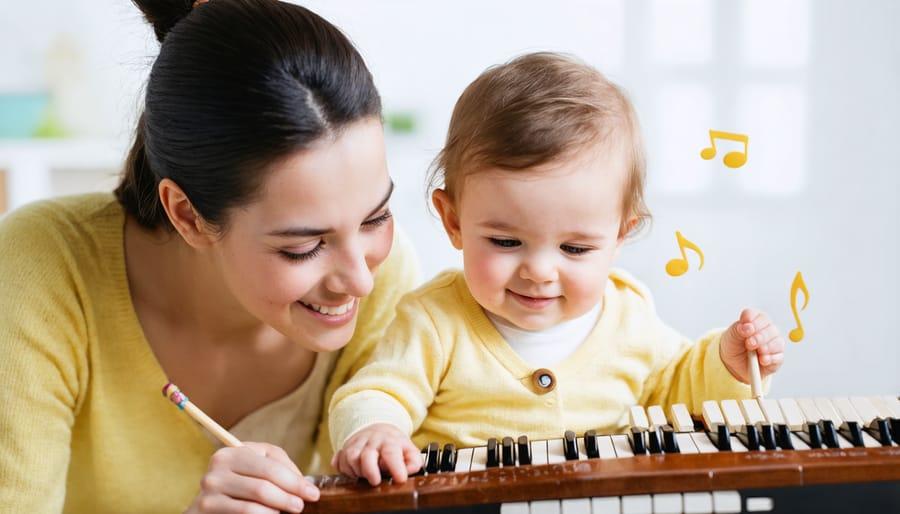
When to Seek Professional Help
While music can be a powerful tool for emotional well-being, there are times when your child might benefit from professional guidance. Watch for signs that indicate your child’s emotional challenges might need additional support, such as persistent sadness, anxiety, or difficulty managing emotions even with musical interventions.
Consider seeking professional help if you notice:
– Your child’s emotional struggles interfering with daily activities or relationships
– Music no longer seems effective in helping them cope
– They express feelings of hopelessness or overwhelming emotions
– Changes in sleeping or eating patterns
– Withdrawal from activities they usually enjoy
– Difficulty concentrating at school
Music therapy, as part of broader mental health treatment options, can be particularly beneficial when guided by trained professionals. Licensed music therapists work alongside mental health professionals to create personalized programs that address your child’s specific needs.
Remember, seeking help isn’t a sign of failure – it’s a proactive step toward supporting your child’s emotional health. Many families find that combining professional support with at-home musical activities creates a comprehensive approach to emotional wellness. Early intervention often leads to better outcomes, so trust your parental instincts if you feel your child might benefit from professional guidance.
Don’t hesitate to discuss your concerns with your child’s pediatrician, who can recommend appropriate resources and specialists in your area.
Music has proven to be a powerful tool in nurturing children’s emotional well-being and mental health. Throughout this article, we’ve explored how musical activities can help children express their feelings, develop emotional awareness, and build resilience. From simple lullabies to interactive musical games, the opportunities to incorporate music into your child’s daily routine are endless and accessible.
Remember that you don’t need to be a musical expert to use these strategies effectively. What matters most is creating a supportive environment where your child feels safe to explore and express their emotions through music. Whether it’s singing together during morning routines, playing calming music during difficult moments, or dancing to upbeat tunes to celebrate happy times, every musical interaction contributes to your child’s emotional development.
We encourage you to start small and gradually build music into your family’s daily life. Pay attention to how your child responds to different types of music and activities, and adjust accordingly. The journey of emotional growth through music is unique for every child, and your presence and support make all the difference in this beautiful process.

